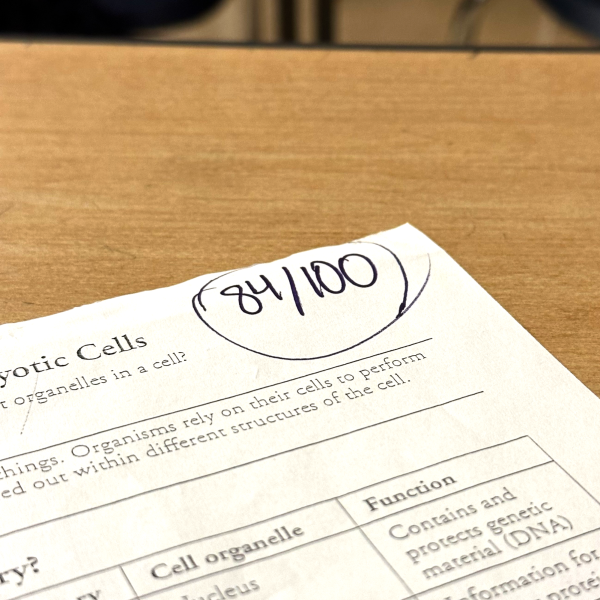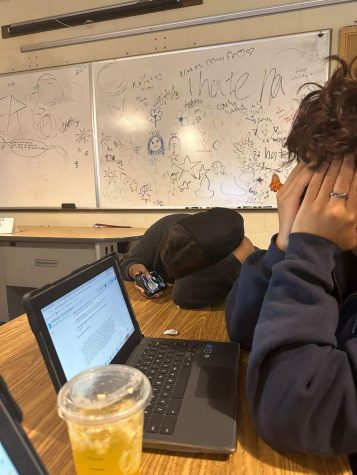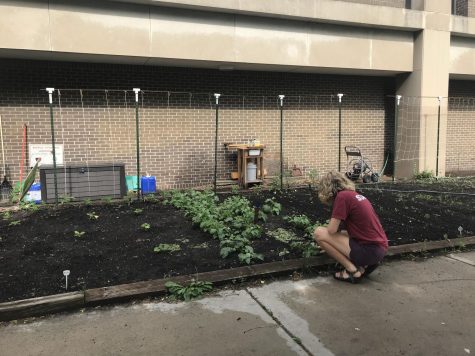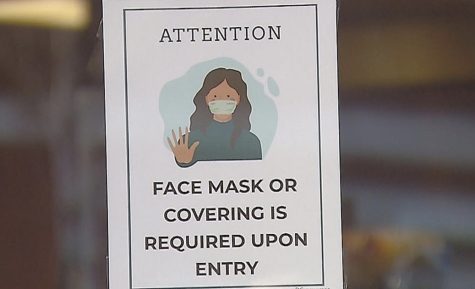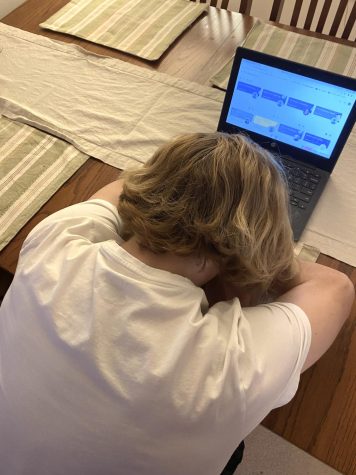Counterpoint: Advanced options would divide freshman class
March 12, 2014
Splitting the freshmen class into advanced and standard classes would do more harm than good. While some might benefit from the opportunity, more students would fall further behind.
When I was a freshman, I would have loved to take an advanced class. After spending eighth grade preparing for a harder workload, I was surprised when South’s ninth grade classes did not meet my expectations.
Most freshmen English and social studies courses are designed to bring groups of freshmen together. This is important for freshmen socially, and also for creating connections throughout high school.
I’m glad I had that year before diving into AP courses. Freshman year gave me a chance to adapt, get involved, and make friends. These things are much more valuable than segregating the freshman class based on ability.
Ideally, freshmen classes would challenge everyone. A challenging curriculum without separating the ninth grade class would create a common ground for everyone.
Middle schools are different in how well they prepare students for harder classes. While some students may be prepared to take advanced classes the minute they enter high school, most are not. It does not hurt the few students who want to challenge themselves to spend a year with their less-prepared peers–college credit can wait one year.
Offering advanced classes to freshmen would also separate the ninth grade class based on race and economic background, which South should avoid.
“There’s studies upon studies about what happens when you offer a spectrum of ability classes to kids, and it tends to be that students of color get left out,” said Allison Witham, a freshman English teacher.
This is already clear at South, in classes like AP Calculus BC, which is an almost entirely white class.
If the freshman class was split into advanced and non-advanced classes, this racial separation would start as soon as students entered the building.
This concept is called “tracking”: students already labeled as “advanced” in middle school would take advanced classes while those without experience in harder classes would continue to take general level classes. Because of a history of racism in the education system, some students are not encouraged as much as others. A student of color, or from a low income background, might not be motivated to try an advanced class without encouragement.
“The problem with tracking is that when you get into a track, generally you stay in that track,” explained Witham.
Tracking and racial inequities at South cannot be solved by further dividing the underclassmen. These issues play into the achievement gap–the statistical gap in the success of white students and students of color. In Minnesota, the gap is one of the largest in the nation, and particularly concentrated in urban areas.
To help close the achievement gap, we need to be pushing everyone harder to succeed. That means giving equal resources to students who may be behind. Freshman year provides the tools and encouragement that students need to succeed in advanced classes.
Encouraging only students who are already labeled as “advanced” and self-motivated is not enough. We need to focus on encouraging the students who are struggling, the students who have a harder time with their school work.
One way that South already does this is by requiring all students to take APUSH and AP Human Geography.
Joshua Fisher, APUSH teacher, described APUSH as a “leveling force in creating those opportunities for students of color.”
Fisher was a student teacher at South before APUSH became required for all sophomores.“I did see during my student teaching here that there was a pretty distinct divide in the cultural makeup of classes,” he said. “And you did see a lot of students of color not really expecting that they could take an AP level class.”
“I was terrified,” said junior Raamie Ebrahim about starting APUSH. “I didn’t feel confident going in.”
However, APUSH proved to be a good opportunity for Ebrahim. “I do feel that I can handle more, I’m more confident in my abilities, because of that first APUSH class.”
Junior Alec Johnson agrees. “Once I took APUSH, I felt confident in my ability to take harder classes,” he said.
Though not perfect, South’s system of requiring all sophomores to take APUSH is a huge step in the right direction. Not only does it give all students equal opportunity to succeed in a challenging course, it pushes students who may not have had that encouragement in the past. Fisher explained that the diverse makeup of the classes also adds to the richness of the curriculum.
This same trend currently exists in freshman courses. A diverse makeup of students combined with a ninth grade curriculum designed to prepare students for AP courses provides a good starting place for all freshmen. While we could improve freshmen classes, dividing the students by ability is not the right step. We need to focus on solving the problems that already exist in our school, not create new ones







